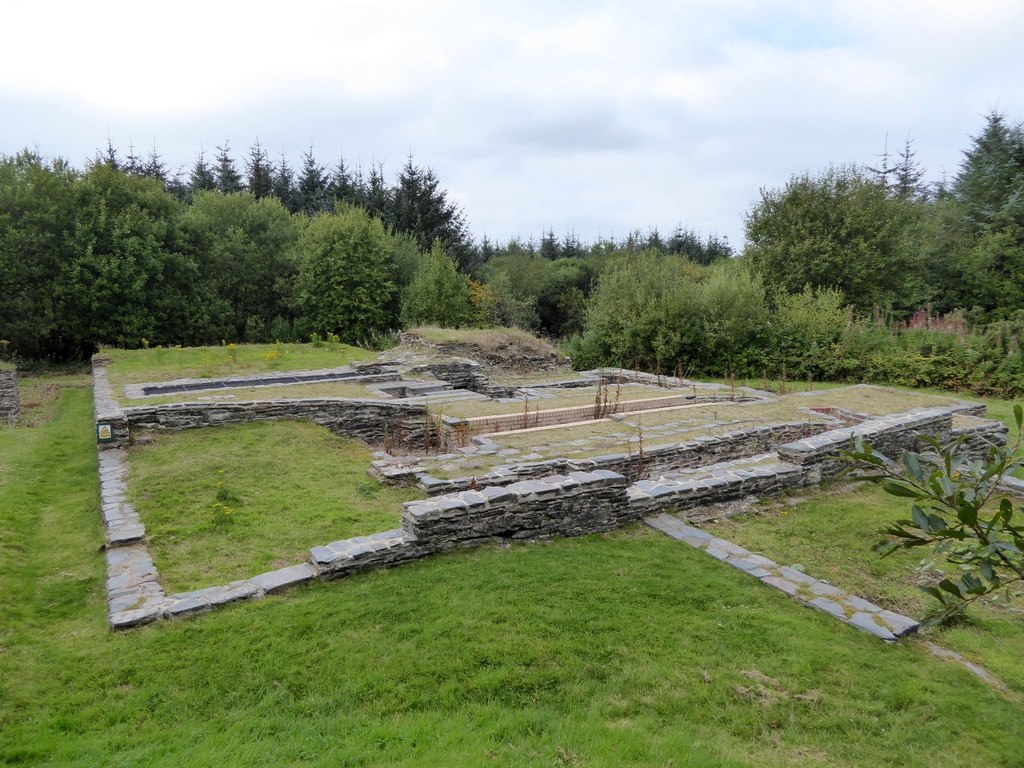This iron mine was connected to the West Somerset Mineral Railway (WSMR) via a siding. Operations began at the mine in 1866, but it ceased production in 1883. The adit, a horizontal entrance into the hillside, facilitated access to the mine. In 1877, the company was fined for various infractions, including failure to provide adequate ventilation, fencing, and drying facilities for miners’ clothes.
In addition to ore extracted from the mine itself, the site also served as a railhead for ore from Kennesome Hill and Bearland Wood mines, although transportation along these routes was not straightforward. Ore from Kennesome Hill was transported via an aerial ropeway, crossing a sharp, deep valley, while ore from Bearland Wood was transported uphill via an incline operated by horse-powered whims.
The mine boasted a substantial stone and slate engine house housing a rotary beam pumping and winding engine. However, in 1878-1879, the machinery and engine house were dismantled, relocated to Burrow Farm mine, and re-erected, leaving behind bare foundations at Langham Hill.
When the mines closed, the Ebbw Vale Company faced significant losses and liabilities from agreements made during the initial boom of the Brendon Hills. Legal disputes ensued, notably with James Insole, owner of the Chargot Estate, regarding costs associated with the mine’s closure. The disputes eventually went to arbitration, resulting in lawyers being the main beneficiaries and the Ebbw Vale Company bearing the brunt of the losses.
Amidst these legal battles, the Ebbw Vale Company covered the Langham Hill engine house foundations with the pit tip and landscaped the site to placate Insole. Remarkably, this inadvertently preserved the foundations. In 1995-1998, when the Exmoor National Park Authority excavated the site, they found the foundations to be in good condition, and they remain accessible for visitation to this day.
External Links
Publications (1)
- (1919); BGS - Mineral Resources of GB (c1920s) Vol IX - Iron Ores - Durham, East Cumb., North Wales, Derbyshire, IOM, Bristol, Somerset, Devon & Cornwall; 96 pages



